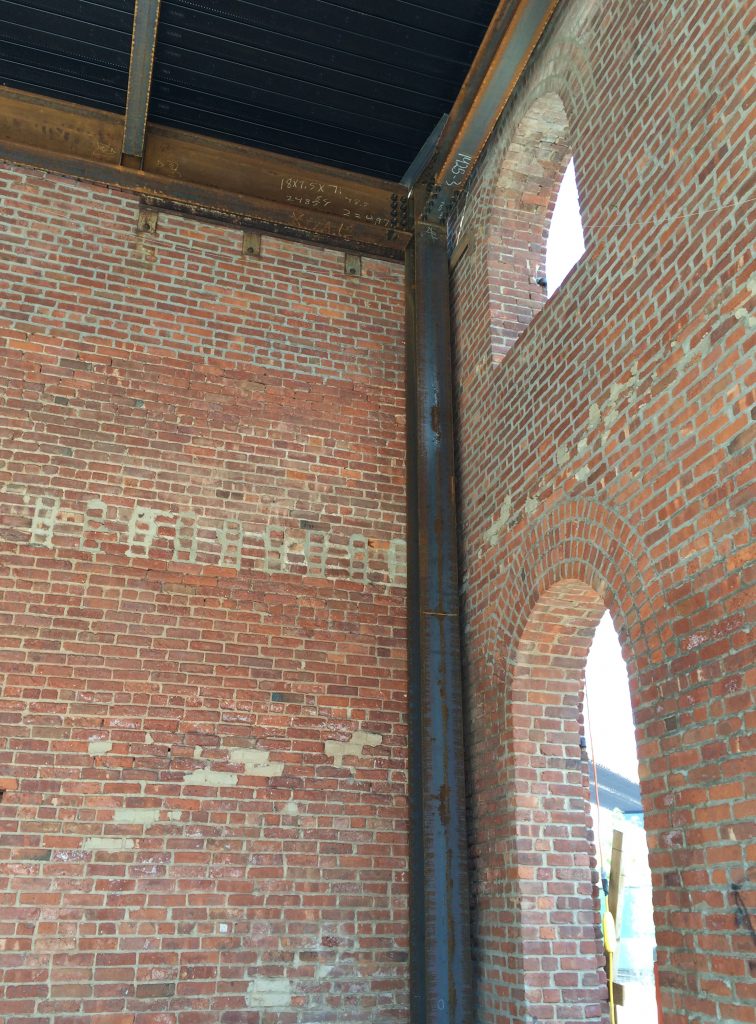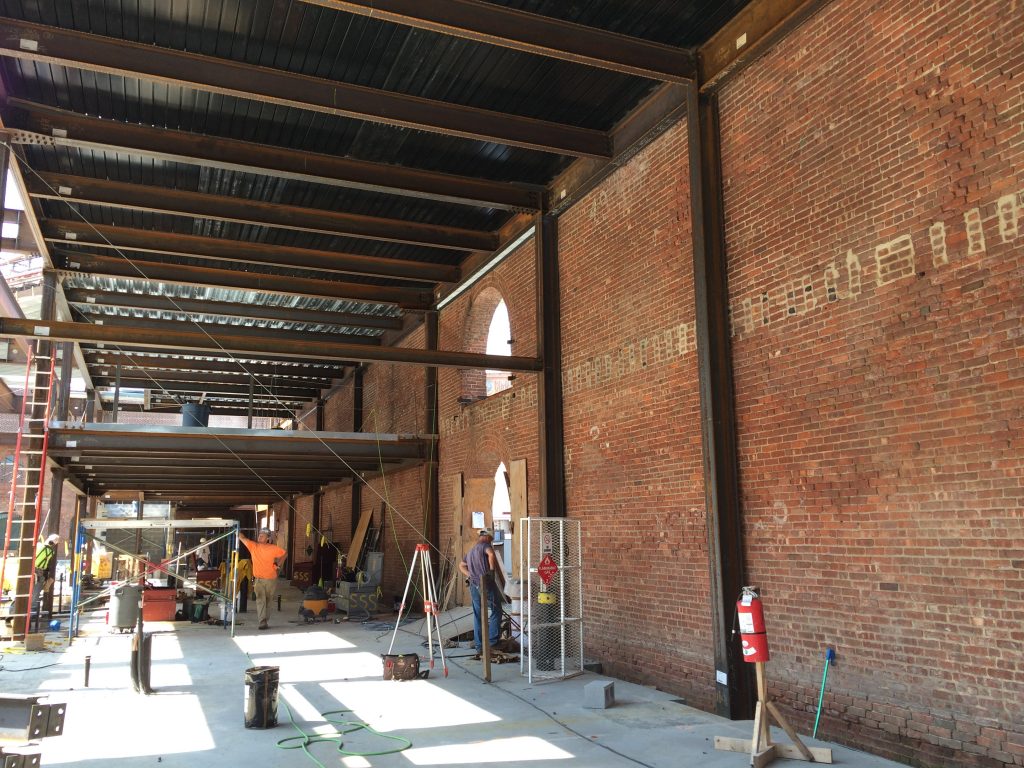Spaces for Creative Production
This paper explores the relationship between spaces for experimental theatrical production and the adaptive reuse of architectural spaces. Modernism generally supported the notion of the theatre as a neutral and flexible machine, as in Walter Gropius’s Total Theatre. However, theatres which have emulated these goals often lack dynamics that support the creation of innovative theatre. Experimental theatre companies gravitate to found spaces not just for their affordability but also for the spatial specificity and indeterminate identity.
This research focuses on the case study of St. Ann’s Warehouse in Brooklyn, New York, with discussion of key precedents such the Public Theater, The Performing Garage, and the Schaubühne Theatre. St. Ann’s Warehouse’s new theatre is constructed within the shell of a warehouse building embedded within Brooklyn Bridge Park. The design evolved out of the theatre company’s decades of experimentation altering other existing spaces. The theatre, as exemplified by St. Ann’s, is not a neutral volume, but functions as an existing site that provides the needed resistance for innovative creative production and, for these avant-garde institutions, the architectural ambiguity to free themselves from over-definition and stagnation. Thus, these spaces are essential to the vitality and relevancy of contemporary theatre.



